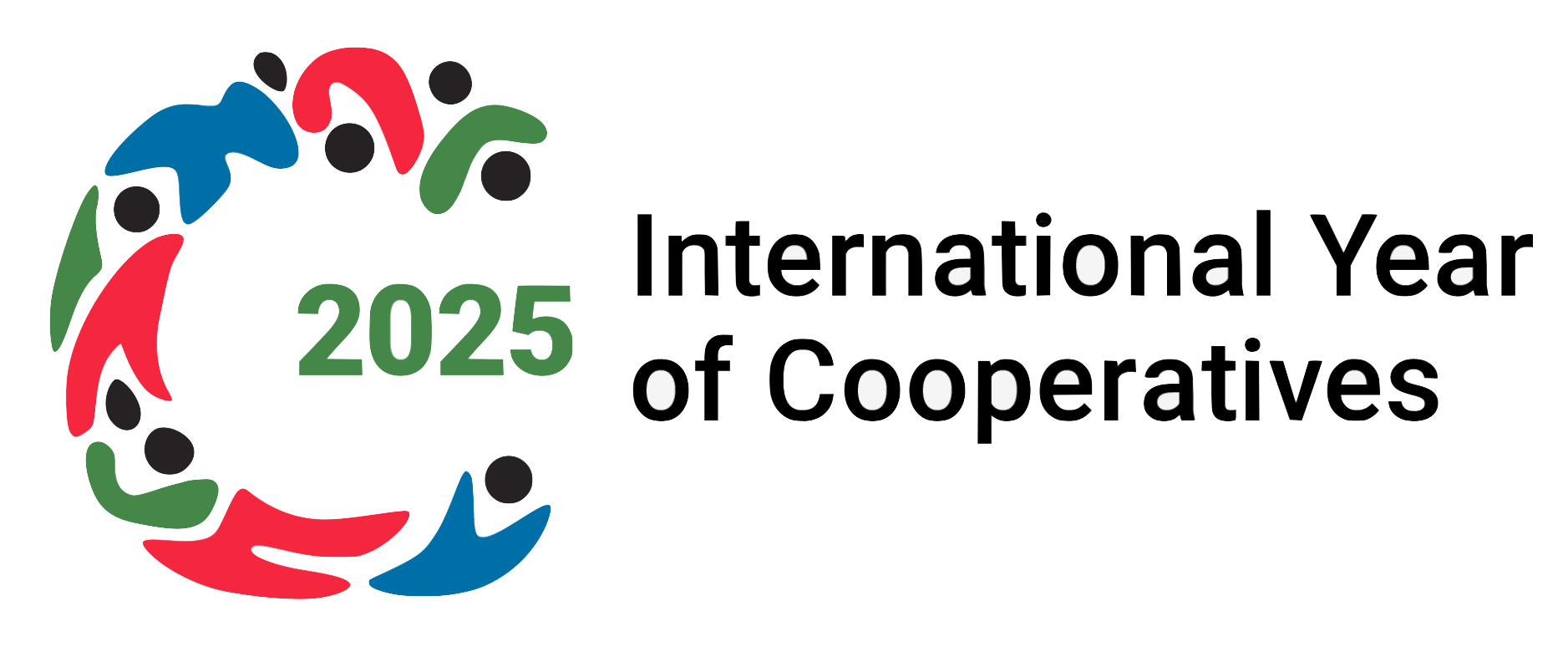When you enter the museum, located in the very heart of Copenhagen, you will soon discover that the Workers’ Museum is far from a typical hushed and awe-inspiring museum with only a few other visitors.
The museum has a vibrant ambiance and is full of visitors of all ages who come to learn more about how life was when their grandparents were young or even more importantly they come to learn more about the 150 years of Danish and European workers’ history.
The museum does not tell the traditional story of land and glory or the rise and fall of kings of the past. Instead it recreates the part of history which other museums do not put on display; the story of how the Danish workers lived and how they were organised. This is what makes the museum so popular, especially among the young visitors.
The International Year of Cooperatives 2012
To mark the International Year of Cooperatives 2012, Henning Grelle, a historian at the Danish co-operative Workers’ Museum, is working on a book about the history of the Danish cooperative movement. The book will be published in November 2012 and it is intended to bring to light the very important fact that the cooperative model of enterprise is still alive and kicking in Denmark.
By publishing the book, the co-operative Workers’ Museum hopes to raise public awareness of the key role the Danish cooperatives play in the structure and dynamism of society and the labour market. Further it hopes to generate attention to the cooperative model of enterprise among politicians and make them realise that it is essential if you want sustainable businesses and successful economic solutions.
By the way, the packed lunch was actually found and handed over to the Workers’ Museum in 1986 by a group of historians who were renovating a glass cabinet which had belonged to King Frederik IV in Rosenborg Castle in Copenhagen. It had simply been left behind the cabinet by workers in 1886.
The packed lunch is now on display at the Danish co-operative Workers’ Museum where it is a symbol of the history of worker cooperation as it is old and simple but in no way forgotten!
More information: http://www.arbejdermuseet.dk/









